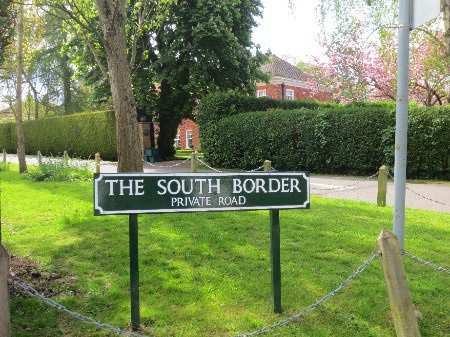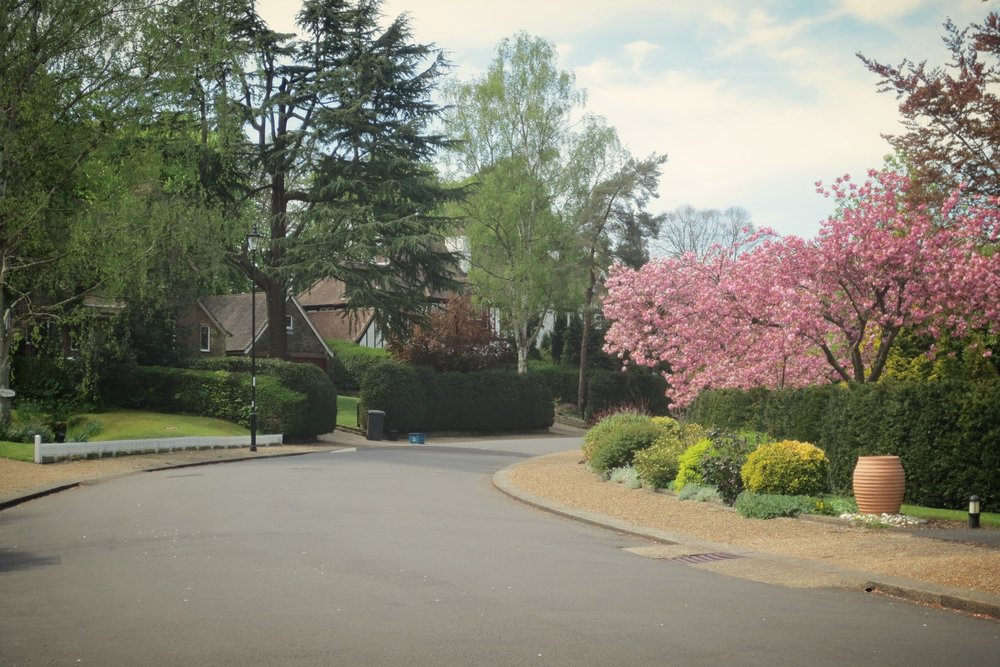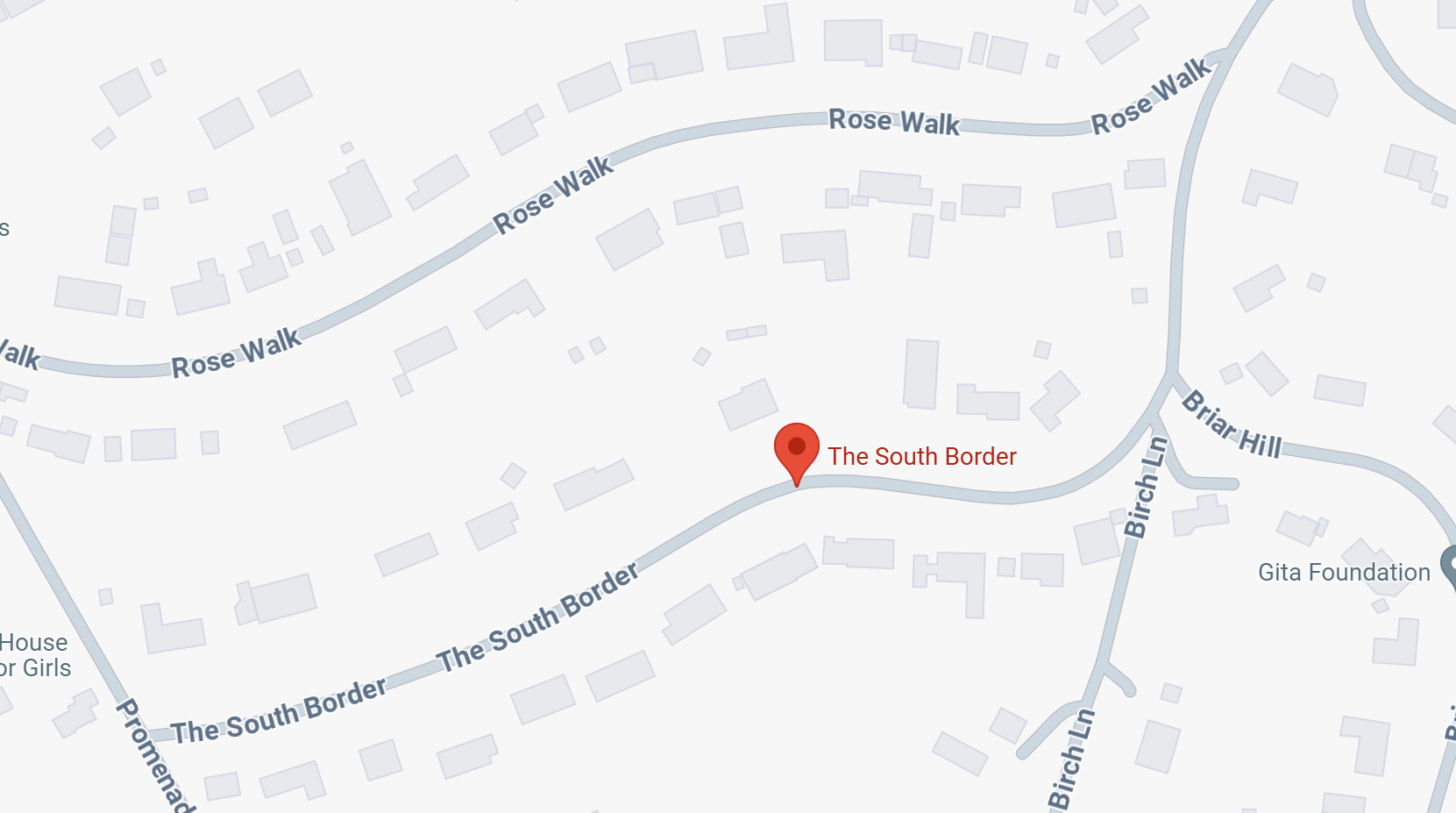The South Border

Completed in 1912, the south border runs roughly parallel to Rose Walk and winds in a similar manner from east to west.
Plantation
- The herbaceous border in front of each plot on the north side of the road
- Birch, Pine, Horse Chestnut, Maple, Willow, Beech
- Cherry, Plum
- Mulberry, Walnut
A wide road with gravel pavements, it is unusual in having a different planting scheme on each side: mature hedges border the southern side, herbaceous plants border the northern
Webb decided on this particular scheme because of the direction in which he laid out the road: only the plants on the northern side would have the benefit of sunshine - hence the name, The South Border.
With over 54 varieties of herbaceous plants, shrubs and bushes, the flower beds here are twelve feet wide and four feet deep, and were made using top soil from road construction. A wide strip of grass separates the flower borders from the road.


Behind these flower beds grow pivet hedges, which not only add to the richness of the overall effect but also provide privacy for the residents. Since the land on the opposite side slopes gently uphill, the gardens are above road level along both lengths, a variety of trees grow, and some examples of Webb's topiary are still to be found here.

